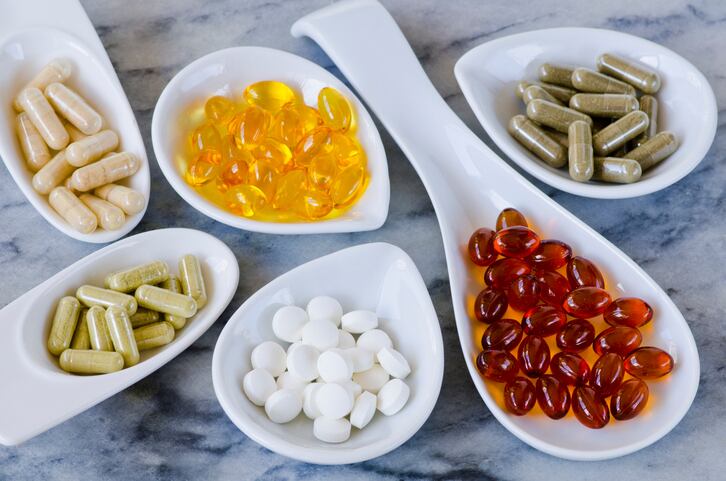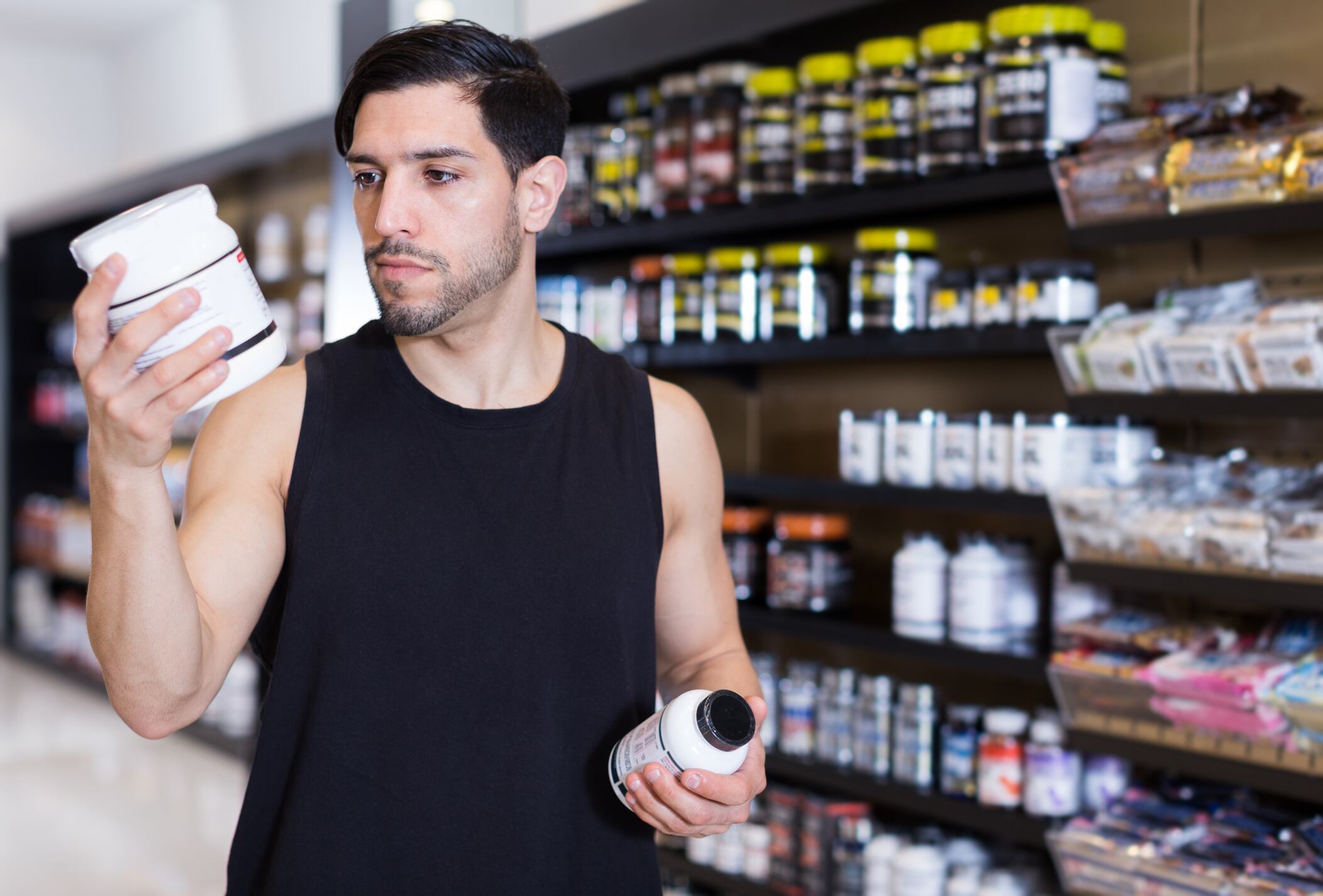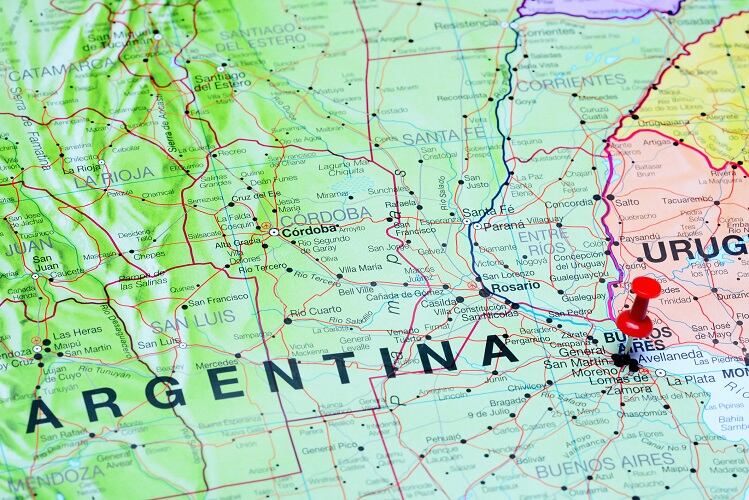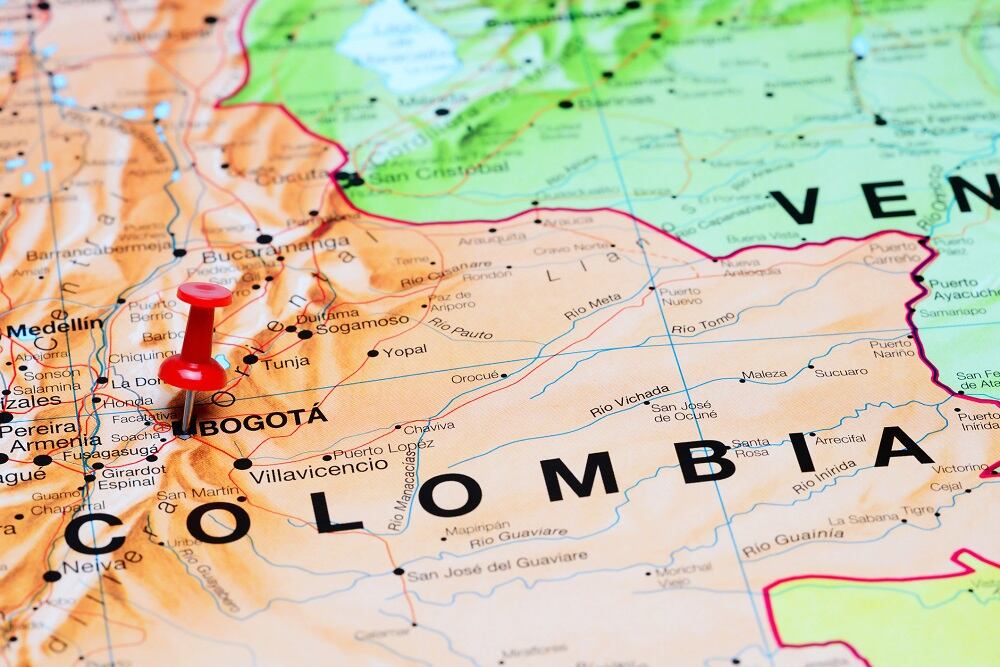Throughout Latin America, consumers are increasingly focusing on their diets and health, especially long-term disease prevention. Shoppers are actively prioritizing and embarking on healthy lifestyles, with vitamins and dietary supplements (VDS) proving a vital component of attaining sought-after health benefits and disease prevention.
Consumer calls for greater product variety are also helping to evolve the VDS sector, as range diversification, portfolio growth and innovation lead product purchases.
“The low current per capita consumption rate leaves much potential for growth as consumers become more aware of the benefits of VDS products, and disposable incomes rise along with the middle-income segment,” highlighted Olivia Hutchinson, Associate Consultant, Euromonitor International.
How is Latin America Changing?
Demographics in Latin America are going through a transformation at present, which is positively influencing sales. The region’s population now have busier lifestyles, influenced significantly by the number of working women. Due to the hectic nature of their lives, consumers see a negative impact on their diets. As a result, VDS brands are leveraging this demographic shift by offering simple and convenient ways to lift their nutritional intake through the use of vitamins.
In Latin America, the ageing population is also driving the rise of VDS brands and their specific marketing messages. Companies and consumers are turning their attention to disease prevention rather than treatment. The groundwork is in place to change attitudes and behaviors that will enable the VDS movement to improve overall health and lower healthcare costs as consumers get older.
At present, Latin America has over 51 million 65-plus seniors, a figure that is expected to reach 63 million by 2022. The over-65 age group will demand affordable products that target specific age-related illnesses, market research provider, Euromonitor International reveals. Calcium, fibre and probiotic supplements are anticipated as high-growth VDS products, moving forward.
With the rise of middle-income consumers, Hutchinson explains that product affordability is crucial to maximizing the region’s significant potential for growth: “Current consumption levels are low ($6 per capita) in comparison with other regions and, as awareness of these products and concern for health increases, sales are expected to rise across the region, offering opportunities for VDS companies.”
Dietary Supplements Dominate
Between 2017-2022, dietary supplements will continue to lead the VDS market with a 51% share. Sales in Brazil account for over 40% of this growth, followed by 21% in Mexico and 12% in Peru. Probiotics and fish oils/omega fatty acids are considered leading segments in the market and will see “high growth”, Hutchinson reveals.
While dietary supplements will continue to be front and center in the marketplace, vitamins will also witness a greater compound annual growth rate (CAGR) over 2017-2022.
The direct selling channel remains the most popular throughout Latin America. In Peru, selling directly to the consumer is the driving force behind the VDS sector, with 39% of sales coming from this channel. Notable brands such as Herbalife, Amway and Omnilife are core names in the VDS industry, with consumers opting for brands that focus on personal interaction, informality and affordability.
In Latin America, dietary supplements amounted to 52% of VDS’ value sales in 2017, generating $2.0 billion. Consumers are seeking natural products and multi-functional dietary supplements such as combination herbal and traditional options to support their hectic lifestyles and on-the-go nutrient intake.
Affordability Comes Top
Brazil is the largest market throughout the region when it comes to VDS. In the country’s dietary supplement segment, which makes up 54% of value sales and is priced at $0.8 billion, fish oil/omega fatty acids are proving a formidable choice among consumers due to their accessibility and affordability.
Unlike other countries in the region, in Mexico, vitamins are more sought-after than dietary supplements. “Mexicans have an awareness of health, wellness and nutrient intake issues, especially since the government declared an obesity epidemic,” Hutchinson explained. As a result, healthcare specialists in the country are recommending vitamins to prevent ailments and improve diet.
Latin America, as a whole, is expected to see growth throughout the forecast period, Hutchinson confirms. However, Peru is set to see a slight decline in consumption value over 2017-2018. Poor economic performance, flooding and the Obredecht corruption scandal have been cited as leading to a decrease in value. Real GDP growth dropped from 4% in 2015 to 2017 in 2.5%, as a result.
These economical, environmental and political events have had a negative impact on purchases as “Peruvians are particularly sensitive to price”. One current example of the importance of price in Peru is the increasing demand for generic drugs, which at a lower price point compared to branded goods, is decreasing value sales. Managing pricing and promoting product affordability prove instrumental to improving the outlook for the VDS market in Peru, Hutchinson emphasizes.




